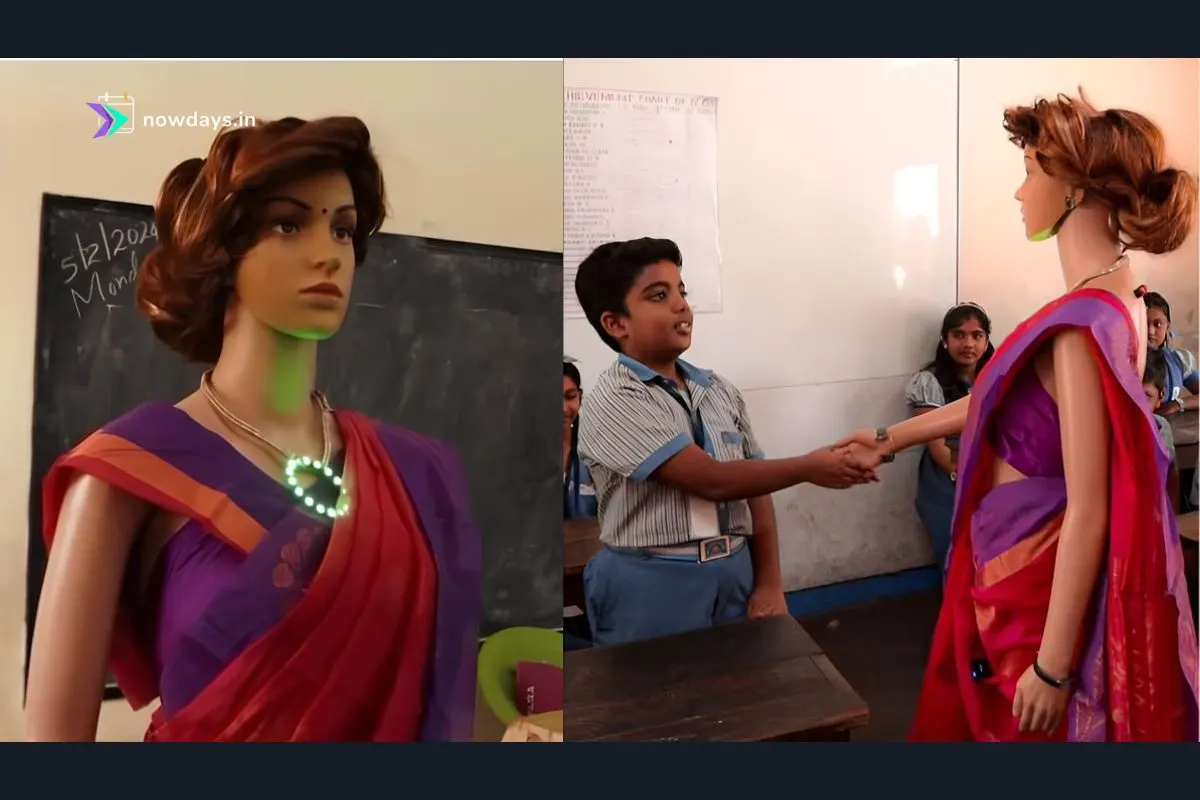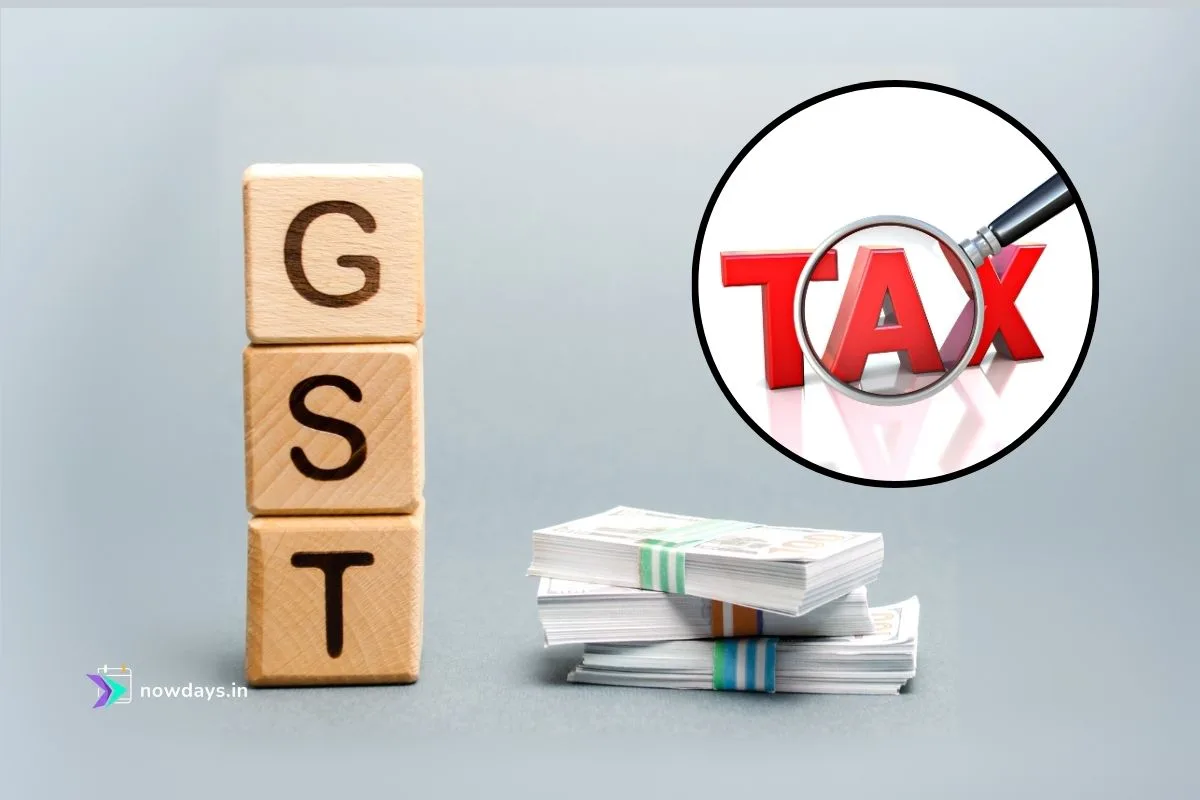Thiruvananthapuram: On an ordinary Wednesday in March 2024, history unfolded inside a classroom at KTCT Higher Secondary School when Iris—India’s first AI teacher robot—glided into the room on her four-wheeled chassis, draped in a traditional Kerala saree, and greeted wide-eyed students with a gentle wave. This wasn’t science fiction; it was Kerala’s bold vision for education’s future made tangible .
The Genesis of a Digital Educator
Iris emerged from a collaboration between Makerlabs Edutech Private Limited and KTCT Higher Secondary School under NITI Aayog’s Atal Tinkering Lab (ATL) initiative – a national program fostering innovation among Indian students. Designed to address India’s critical shortage of 1 million teachers (as reported by UNESCO), Iris represents a technological moonshot to democratize quality education .

Dr. K. Rajeev, Director of VSSC’s Space Physics Laboratory, inaugurated the humanoid, declaring it would “revolutionize the learning landscape” by delivering personalized education previously unimaginable in crowded Indian classrooms .
Read more: More than 50% of billionaires in India are of Gujarati origin
Inside Iris: The Tech Powering India’s Robotic Teacher
Table: Technical Specifications of Iris AI Teacher
| Feature | Capability | Educational Impact |
|---|---|---|
| AI Brain | Generative AI with Intel processors + coprocessor | Dynamic content generation & real-time Q&A |
| Mobility | 4-wheel chassis with 5 DoF (degrees of freedom) hands | Moves between desks, demonstrates experiments |
| Languages | English, Hindi, Malayalam (20 planned) | Bridges India’s linguistic diversity |
| Interaction | Voice-controlled Android app + gesture recognition | Creates human-like engagement |
| Content | Preschool to Grade 12 curriculum | Adaptive difficulty based on student level |
Powered by generative AI similar to advanced language models, Iris isn’t pre-programmed with rote answers. She understands context, generates explanations on demand, and even blocks inappropriate content – functioning as both teacher and digital guardian . Her articulated hands can manipulate objects during science demonstrations, while sensors enable responsive movement through classroom aisles .
The Classroom Transformation
- Zero Absenteeism Phenomenon: School officials reported unprecedented attendance in Iris-led classes, with students clamoring to interact with their new “digital guru” .
- Complex Query Resolution: When a Class 10 student asked about quantum entanglement, Iris broke it down with analogies and visual projections, showcasing her ability to handle advanced concepts .
- Teacher Empowerment: Contrary to replacement fears, Iris handles routine queries, freeing human educators for creative instruction and emotional mentorship .
Beyond Kerala: The Ripple Effect
Iris’s debut ignited nationwide interest, but Kerala was already preparing for an AI-education revolution:
- State-Owned AI Engine: KITE (Kerala Infrastructure and Technology for Education) is developing a dedicated AI platform for schools by 2025 .
- Robotics for All: 29,000 robotic kits distributed statewide enable hands-on AI learning .
- Curriculum Integration: AI concepts now feature in Class 7 ICT textbooks – India’s first systemic inclusion – teaching facial recognition programming to 400,000+ students .
Read more: India Achieves 50% Clean Energy Milestone, 5 Years Ahead of 2030 Goal
Navigating the Ethical Classroom
Despite enthusiasm, challenges persist:
- Urban-Rural Divide: Makerlabs CEO Hari Sagar acknowledges Iris’s ₹2.5 lakh cost could limit access in underfunded schools .
- Teacher Concerns: “Will AI devalue our role?” ask educators. NITI Aayog counters that Iris handles only 30% of instructional tasks, emphasizing augmentation over replacement .
- Data Privacy: Kerala’s education department mandates strict protocols for student data protection in compliance with India’s Digital Personal Data Protection Act .
The Student Verdict
“Iris explains things three times without getting angry,” beams Devika Nair, a Class 8 student. Her classmate Arjun adds, “She’s like a walking Wikipedia who actually makes sense!” . Teachers note unprecedented engagement during STEM lessons, with students initiating self-directed research to “stump the robot” – inadvertently deepening their own learning .
What’s Next for AI in Indian Education?
Kerala’s roadmap signals a transformative shift:
- Language Expansion: Iris will soon converse in Tamil, Bengali, and 15 other regional languages .
- Special Needs Adaptation: Pilot projects will customize Iris for dyslexic and hearing-impaired students by 2026.
- AI Teacher Training: KITE has already upskilled 45,000 teachers in AI fundamentals to work alongside systems like Iris .
“This isn’t about robots replacing teachers,” emphasizes Makerlabs in their manifesto. “It’s about ensuring no child asks a question that goes unanswered.”
Iris represents India’s bold entry into the future of education – where technology doesn’t replace human connection but amplifies it. As Kerala pioneers this integration, the world watches: Can AI solve education’s oldest challenges while keeping its humanity intact?









2 thoughts on “India’s First AI Teacher, ‘Iris’, Introduced by Kerala School”